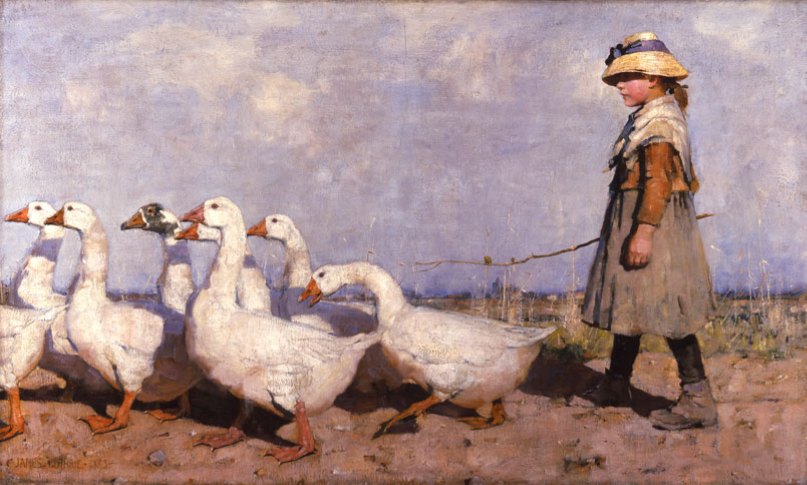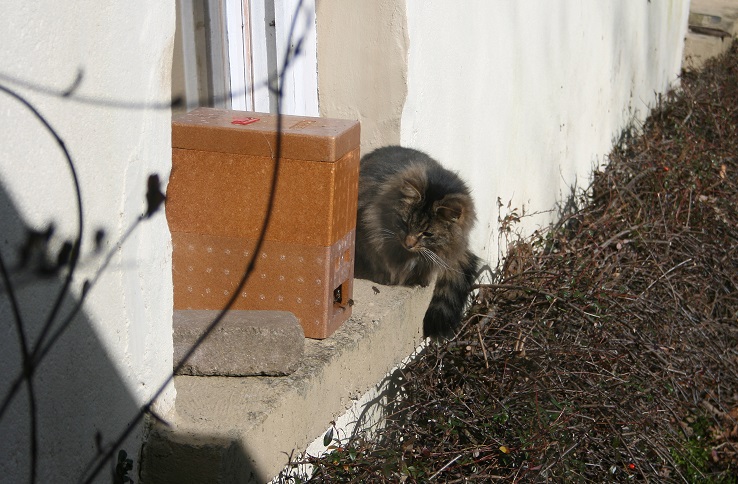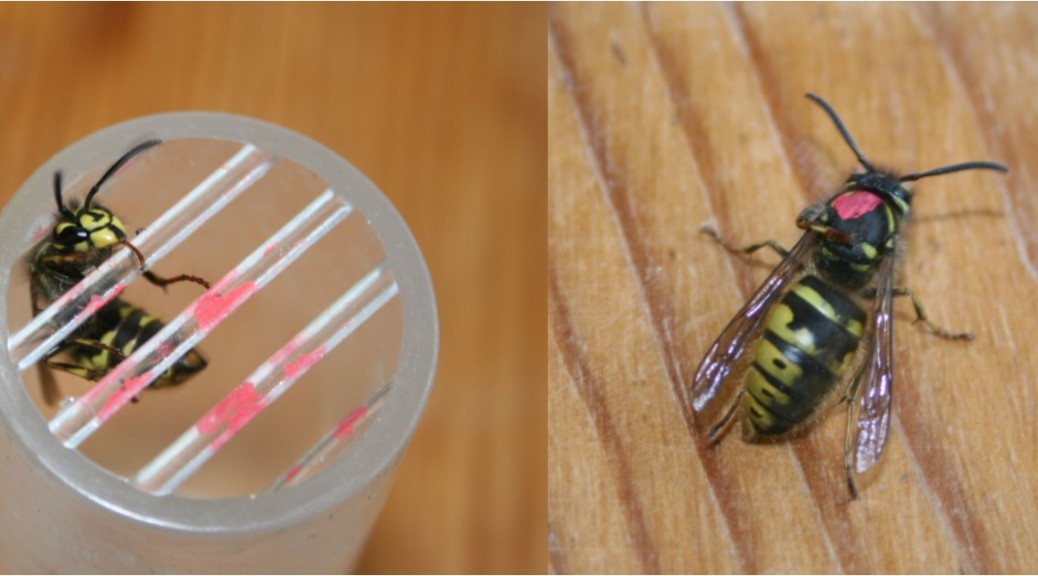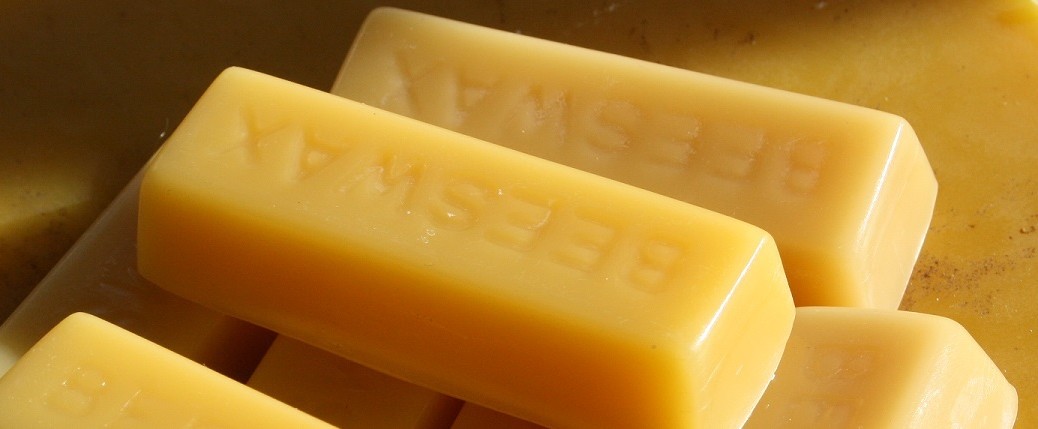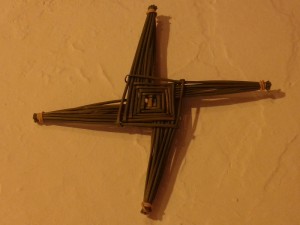When I stepped out the front door this morning – a raven flew over and let out 3 loud caws which echoed round the yard and here was me thinking I was all alone up here with the snipe and the hares. Being curious birds he didn’t go far but turned and came back for another look and was quickly joined by second raven. I could see from the tilt of their beaks that they were looking down on me – then they were gone – sailing across the sky without a care in the world.
My first close encounter with a raven with was in Shetland. I was on my hands and knees doing a vegetation survey on a heathery bog when I heard the distinct sound of a pebble drop into puddle – ‘plop’. I looked all round me but could see neither pebble nor puddle. Then I heard another plop but realised the origin of the splash was above me! When I looked up – there was a raven hanging in the sky directly overhead and looking down his beak at me. He flew away but kept coming back so see how I was getting on. I was charmed, it was lovely to have some company in such a remote place.
I still like to watch ravens they seem to be very happy birds, they get together in the sky and indulge in all sorts of aerobatics like flying really close together on synchronised wings or they’ll tuck their wings right in and flip over in the air, even flying upside down for a beat at times. Another thing they seem to enjoy is locking claws and falling through the sky together – first to let go is a chicken. And such a range of calls they have – such vocal dexterity.
On a slightly different species but same family, we came across a tame jackdaw one day by the river. He had a white ring on his leg and kept trying to land on our shoulders but settled instead on the hedge. One of the dogs, a terrier who shall remain nameless took to yapping at the bird as he sat in the hedge. Instead of being alarmed and flying off – the jackdaw took to barking back at him.
Charles Dickens loved ravens, in fact he had two as pets. Here’s what he tells us about them in the Preface to Barnaby Rudge:
“He slept in a stable – generally on horseback – and so terrified a Newfoundland dog by his preternatural sagacity, that he has been known, by the mere superiority of his genius to walk off unmolested with the dog’s dinner from before his face. He was rapidly rising in acquirements and virtues, when, in an evil hour, his stable was newly painted. He observed the workmen closely, saw that they were careful of the paint, and immediately burned to possess it. On their going to dinner, he ate up all they had left behind, consisting of a pound or two of white lead and this youthful indiscretion terminated in his death.”
After that he got another raven:
“The first act of this Sage, was, to administer to the effects of his predecessor, by disinterring all the cheese and halfpence he had buried in the garden – a work of immense labour and research, to which he devoted all the energies of his mind. When he had achieved his task, he applied himself to the acquisition of stable language, in which he soon became such an adept that he would perch outside my window and drive imaginary horses with great skill all day.”
There’s more:
“He new-pointed the greater part of the garden wall by digging out the mortar, broke countless squares of glass by scraping away the putty all the way round the frames and tore up and swallowed, in splinters, the greater part of a wooden staircase of six steps and a landing – but after some three years he too was taken ill and died before the kitchen fire. He kept his eye to the last upon the meat as it roasted, and suddenly turned over on his back with a sepulchral cry of “Cuckoo!” Since then I have been ravenless.”
